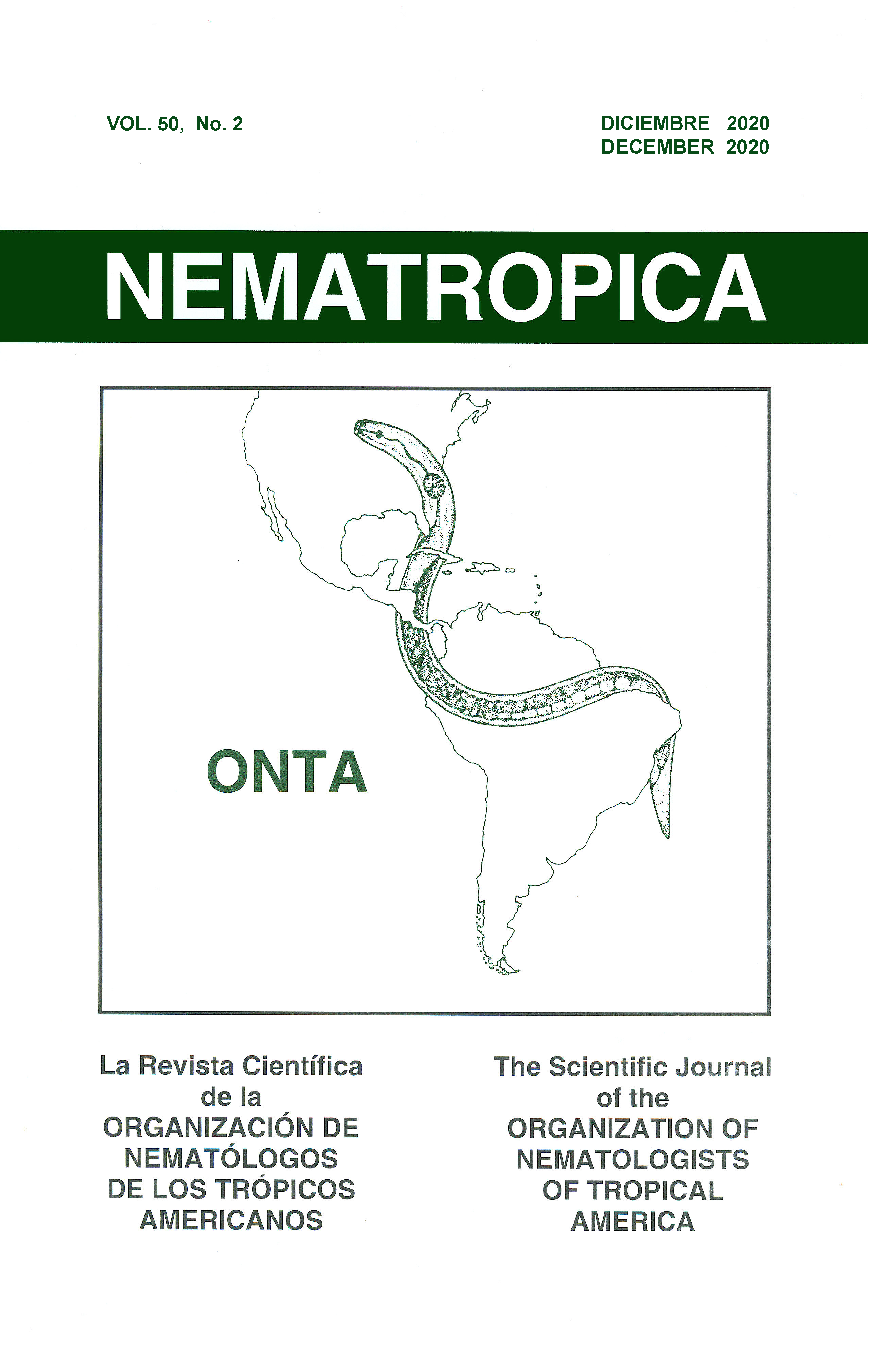STIMULATING HATCH OF TOBACCO CYST NEMATODE, GLOBODERA TABACUM TABACUM, BY HYDROPONICALLY OBTAINED WEEDY SOLANUM SPP. ROOT EXUDATES
Abstract
Root infestation by the tobacco cyst nematode (TCN) is a significant problem in Solanaceous crops in North America and Europe. Some related Solanaceae that are typically regarded as weeds, are known or suspected hosts of TCN. Cyst nematode eggs usually hatch when chemicals produced by the roots of their specific host plants are detected. The purpose of this experiment was to use root exudates obtained from hydroponically grown plants to identify weedy species of Solanum that may stimulate the hatching of TCN. A hatching assay was conducted using three concentrations of root exudate from nine accessions of hydroponically grown Solanum spp. All plants were grown under in vitro conditions. Linear regression and ANOVA support that hydroponically obtained root exudates from accessions of S. dulcamara, S. ptychanthum, and S. physalifolium elicited a dose-dependent hatching response. Solanum spp. growing in or around agricultural fields may act as reservoir hosts, or some accessions may be used as trap crops for TCN management. Hydroponically produced exudate may be a more efficient alternative to field grown plants for nematological studies.

